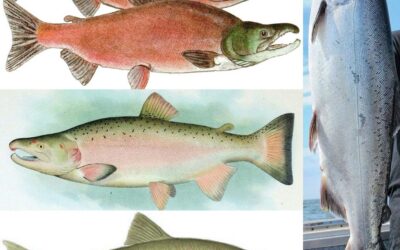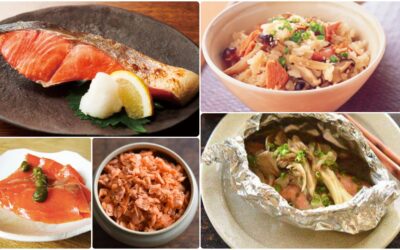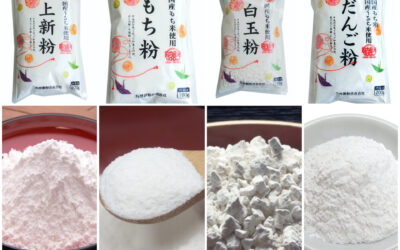
Kitchen Culture Cooking Club
EXPLORE and PRACTICE Japanese cooking in your own kitchenAbout Kitchen Culture Cooking Club
Welcome to the Kitchen Culture Cooking Club, a community space providing encouragement to those who want to EXPLORE and PRACTICE Japan’s washoku wisdom in their own kitchens.
To facilitate this, themed projects will be posted to this page periodically. Project Assignments and links to relevant reference material stored on this site will be posted to this page. Anyone, anywhere in the world, with a sincere interest in Japanese food culture is welcome to browse the contents of this page and then replicate the themed project in their own kitchen.
For those who wish to display-and-discuss their projects with like-minded people, I invite you to join the KITCHEN CULTURE Cooking Club Facebook Group (formerly the TSUDOI Project), an interactive community space.
PROJECT Setting the Autumn Table
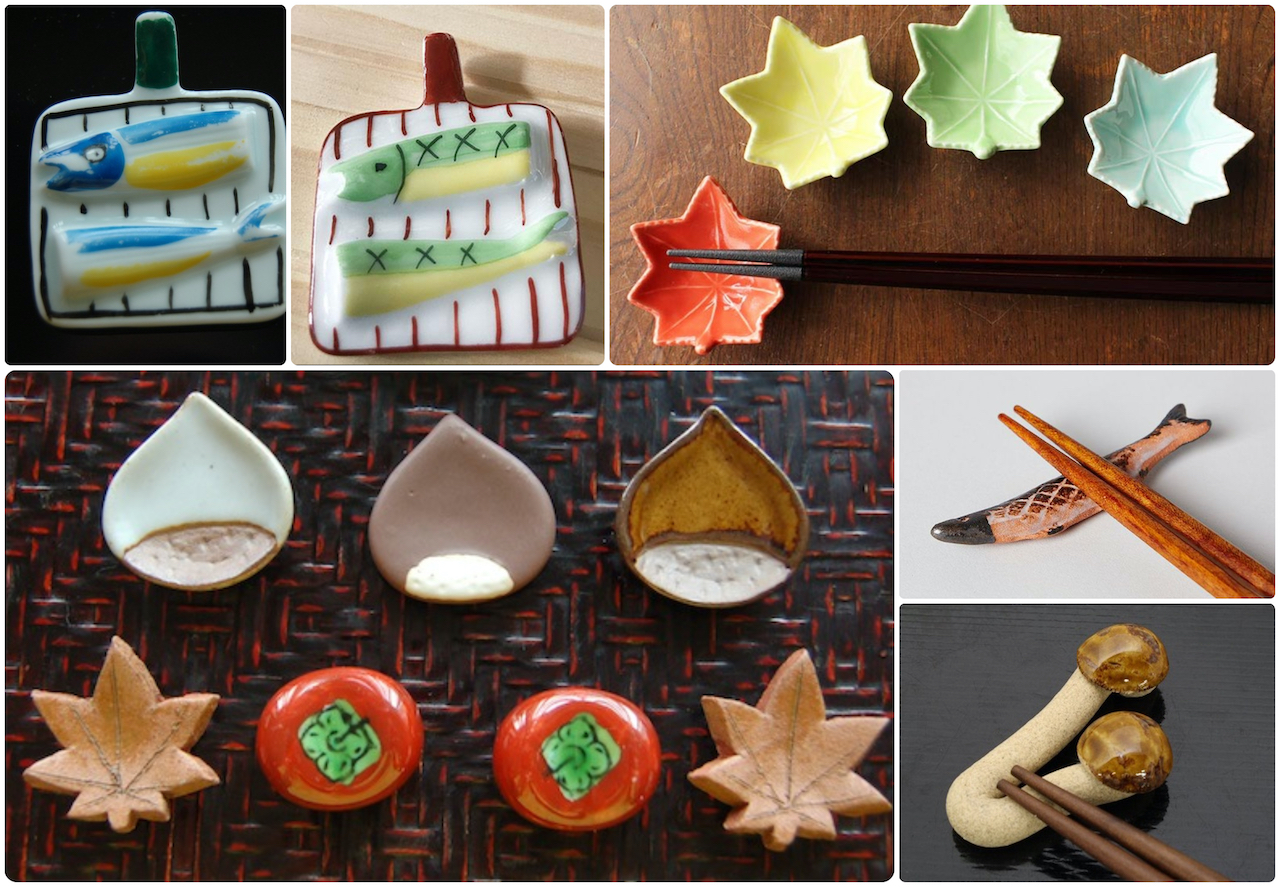
Setting the Table, Setting the Stage
This PROJECT is about setting the table… to set the stage for autumn’s culinary pleasures.
One simple and fun way to do this is by choosing fall-themed HASHI OKI (choptsick rests). Pictured above are a few of the options: autumnal maple leaves, chestnuts, shimeji mushrooms, persimmons, and SANMA fish.
Do you have any hashi oki ? If not, you can craft some HASHI-BUKURO (sheaths) from origami (folded paper) or other paper.

You can further enhance these hashi-bukuro by drawing images of seasonal motifs on them, or use stamps or stickers to decorate the sheaths.
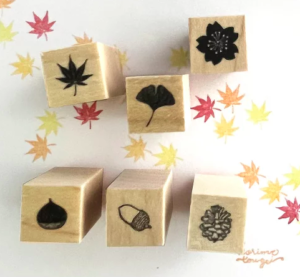

Long, narrow plates are known as SANMA-ZARA (秋刀魚皿) because they are used to plate whole grilled sanma fish. Sanma-zara are also a great way to showcase clusters of food.
To learn more about SANMA fish, one of Japan’s autumnal culinary pleasures visit my Kitchen Culture blog and read my September, 2024 newsletter.
Recipes and Resources
Stock (Dashi)
Dashi stock is essential to making soups and simmered or stewed dishes. Dashi is also used when making many egg dishes and all sorts of sauces, dips and dressings. Using good dashi will make a noticeable difference in the outcome of so many dishes you prepare.
Click to download recipes for (vegan) Kelp Alone Stock or Standard Sea Stock + Smoky Sea Stock
How to Cook Rice
In Japanese, the word for cooked rice, ご飯 GOHAN, is the same as the word for a meal, ご飯 GOHAN. Indeed rice is central to the meal. Download the Rice with Mixed Grains recipe.
How to Prepare Sushi Rice
Sushi dishes are made with rice that has been seasoned (with sweetened vinegar) AFTER being cooked. Download the Classic Sushi Rice recipe.
Quick Pickles
The Japanese enjoy a wide variety of tsukémono pickles, many can be assembled quickly and are ready to eat within a short time.
Download a recipe for Quick-Fix Hakusai Cabbage.
Salmon
Four varieties of wild-caught salmon are commonly available in markets around the Pacific rim. Left, top to bottom + right: Sockeye (beni-zaké in Japanese) Coho (gin-zaké in Japanese) Chum (aki-zaké in Japanese) Chinook (kingu samon, in Japanese) 鮭・さけ・SAKÉ SALMON Fish...
PROJECT Salmon
SALMON・鮭・SAKÉ Salmon lends itself to variety of cooking methods -- it can be skillet-seared, steamed, broiled, grilled, braised, smoked, poached and fried. PROJECT Salmon is about preparing salmon in many different ways in your kitchen. You'll find lots of...
PROJECT Rice Flour
米の粉PROJECT: Komé no KonaRice Flour In Japanese cookery there are four types of rice flour that are commonlyused. One is made from uruchi mai or "table rice," several are made from mochi-gomé or "sticky rice" and one is made from a combination of them. The different...
Moon-Viewing Dumplings
月見団子 TSUKIMI DANGO The moon can be seen shining from any place on our planet and people everywhere see beauty in a full, luminous moon. But ritual contemplation of the “moon of the middle autumnal month” (chūshū no meigetsu) has its origins in China. The practice...

